There’s no doubt that Debian is one of the most popular distributions, especially among desktop enthusiasts and professionals alike.
This guide features some of the most popular and widely used Debian-based Linux distributions.
1. MX Linux
MX Linux, is a simple yet stable desktop OS that combines elegance with solid performance. MX Linux initially came with an XFCE desktop but has spread its wings to include KDE (MX-23.1 KDE) and MX Linux Fluxbox (MX-Fluxbox 23.1) environments made available on October 15, 2023.
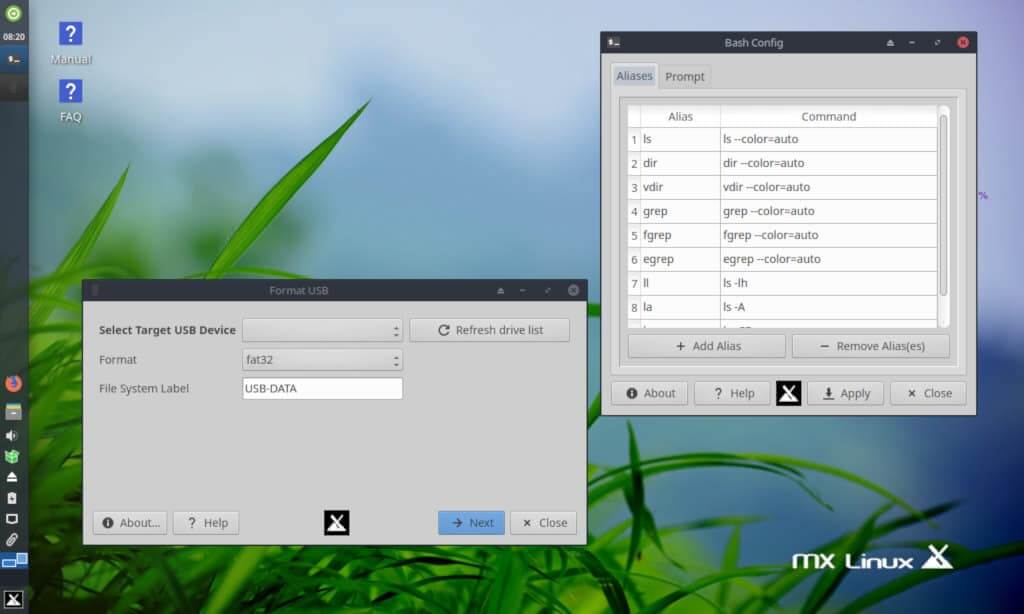
MX-Linux 23.1 KDE is available in 64-bit and features an assortment of MX Linux tools, snap technology from AntiX, and the AntiX live USB system.
Additionally, the KDE version also provides Advanced Hardware Support (AHS) whose primary focus is to support the latest hardware such as the AMD GPU and the very latest Intel graphic drivers.
Also, you will get the latest out-of-the-box applications for daily use such as LibreOffice, Firefox, Thunderbird, and VLC, to mention a few.
Being a midweight distribution, MX Linux comes highly recommended as a distribution for aging PCs thanks to its low-resource consumption while at the same time giving users a sleek UI and user-friendly experience.
You can get started with just 1GB RAM, a 10 GB hard drive, and either an Intel or AMD processor.
2. Linux Mint
Linux Mint has for a long time been a favorite among many users – experts and beginners alike – thanks to its user-friendliness and neat and simple UI which make it easy to navigate around.
It shares the same package repositories with Ubuntu and the latest release – Linux Mint 21 Vanessa, is based on Ubuntu 22.04 (Jammy Jellyfish). It is available in MATE, Xfce, and Cinnamon editions, which are by far lightweight compared to the heavy GNOME desktop environment that ships by default with Ubuntu 22.04.
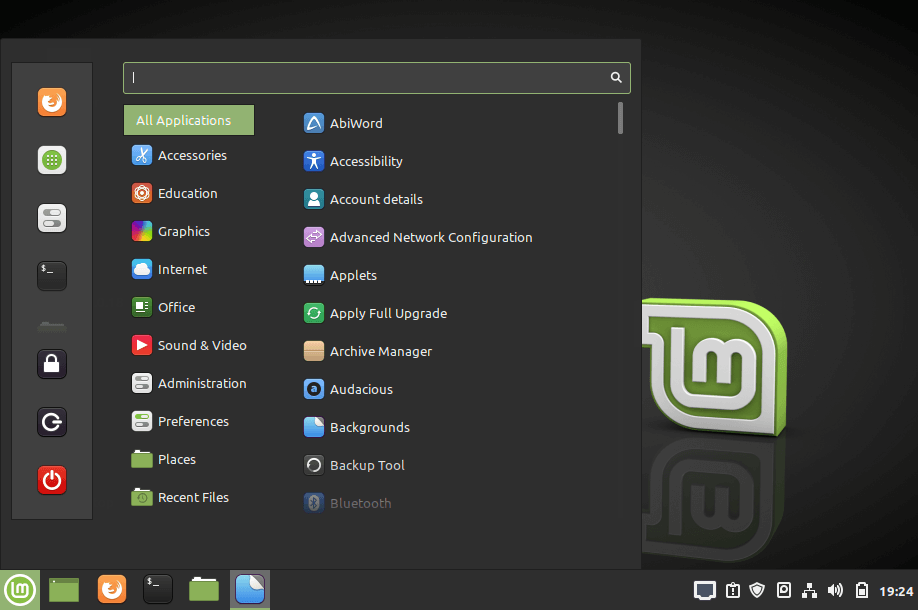
Like Ubuntu, you get the usual everyday-to-use applications such as Firefox browser, LibreOffice suite, multimedia apps, image editing tools and so much more.
Built on Ubuntu 22.04, Mint 21 is a fresh breath of air with its new features, and tons of enhancements and bug fixes. You get a refreshing wallpaper with multiple high-resolution and stunning wallpapers & background images to choose from.
In addition, you can apply different themes and tweak most UI components such as applets, widgets, and icons to your preference. Like Ubuntu 22.04, Mint 21 has introduced fractional scaling for high-resolution display monitors and users also get to leverage the flatpak utility for installing applications.
My only gripe with Mint is its lack of support for a snap by default, which I honestly feel is a disappointment. Nevertheless, you can still enable it by installing snapd and get along with installing your snaps.
Overall, I find Mint 21 a rock-solid distro that is fast and stable with bolstered features that go a long way in improving performance and user experience. If you are still holding on to an earlier version of Mint, upgrading to Mint 21 will definitely be a delight.
3. Ubuntu
Arguably one of the most widely used free and open-source Linux distro especially by desktop enthusiasts, Ubuntu requires no introduction. Since its initial release by Canonical in 2004, Ubuntu has made huge leaps to extend its support to servers, IoT devices, and cloud technologies.
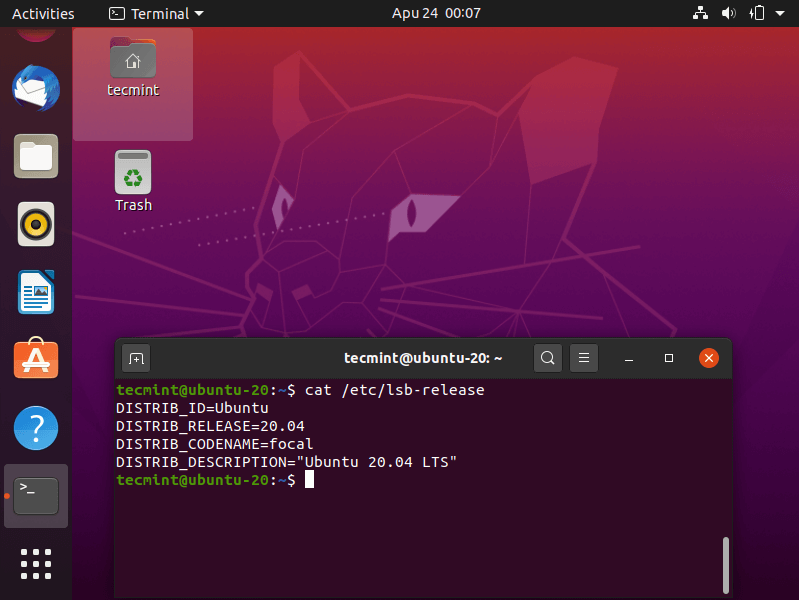
The latest version, Ubuntu 22.04 LTS, dubbed Jammy Jellyfish, is its latest Long Term Release (LTS) and will receive support until April 2027.
Ubuntu 22.04 ships with a brand new Yaru theme which has 3 variants (Dark, light, and standard), GNOME with new-look polished icons, improved ZFS support, fractional scaling for enhanced displays, and multiple default Apps such as Firefox, Thunderbird, and LibreOffice suite.
Most notable is Ubuntu’s push for snaps over the traditional apt package manager. A snap is a software package that ships with all the libraries and dependencies required to function as expected. Though not intended to entirely replace debs, snaps have managed to resolve the issue with software availability.
As opposed to a Debian package that requires dependencies from external sources, a snap package comes pre-packaged with all the dependencies and can be readily installed on every Ubuntu release that supports snap (Ubuntu 16.04 and later versions).
4. Linux Mint LMDE
Linux Mint Debian Edition (LMDE) is a Debian-based version of the popular Linux Mint operating system that offers users a unique blend of stability with the user-friendly features and elegance of Linux Mint. Unlike the standard Linux Mint releases, which are based on Ubuntu, LMDE directly uses Debian as its upstream source.
One of the key advantages of LMDE is its rolling release model, providing users with continuous updates and eliminating the need for periodic system upgrades. This approach ensures that users always have access to the latest software without the inconvenience of major version jumps.
LMDE is known for its polished Cinnamon desktop environment, providing a visually appealing and intuitive user interface.
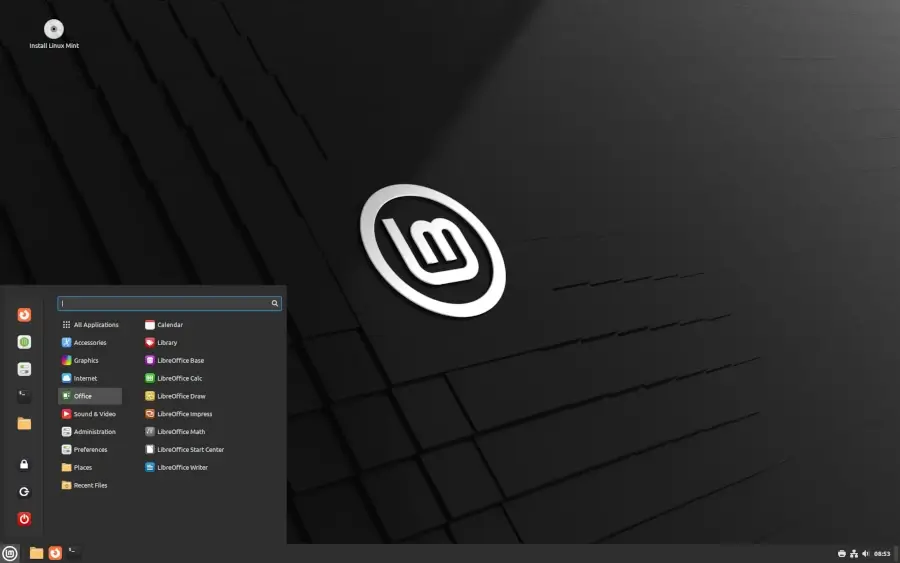
5. Deepin
Deepin is an innovative distro based on Debian that features its own beautifully crafted desktop environment known as DDE (Deepin desktop environment) that gives users a macOS feel.
Deepin is focused on giving its users an unforgettable user experience with its rich and elegant UI. You get an attractive set of icons together with cool light and dark themes whose transparency can be modified.
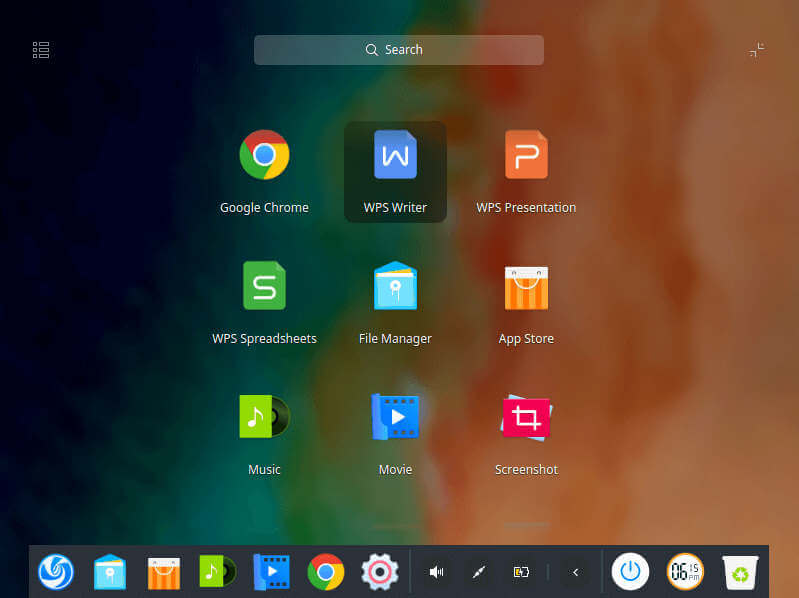
Like Ubuntu, Deepin ships its own Software Center – Deepin App Store – which features a wide array of useful and verified applications that can be installed with a single mouse click.
The latest version of Deepin 20 comes with a ton of features, bug fixes, improvements, and default applications such as WPS Office, Skype, Spotify, and VLC to mention a few. The latest version also gives you a squeaky grub menu, better-looking page layouts, and an improved dock tray.
6. AntiX
AntiX is a comparatively lightweight distro ideal for low-spec or old PCs. Whether you are a beginner in Linux or an experienced user, AntiX aims to provide a light, flexible, and fully functional OS.
You can get started with an old PC with 512 BM RAM and a minimum of 5GB hard disk space. Additionally, you can run it as a ‘Live’ system on a flash drive as a rescue CD.

7. PureOS
PureOS is a modern and fully-features distro that takes pride in being a privacy-respecting, secure, and user-friendly operating system.
By default, it ships with a GNOME environment with a FireFox based focussed on privacy known as PureBrowser. The default search engine is DuckduckGo, and it allows users to take hold of their online privacy.
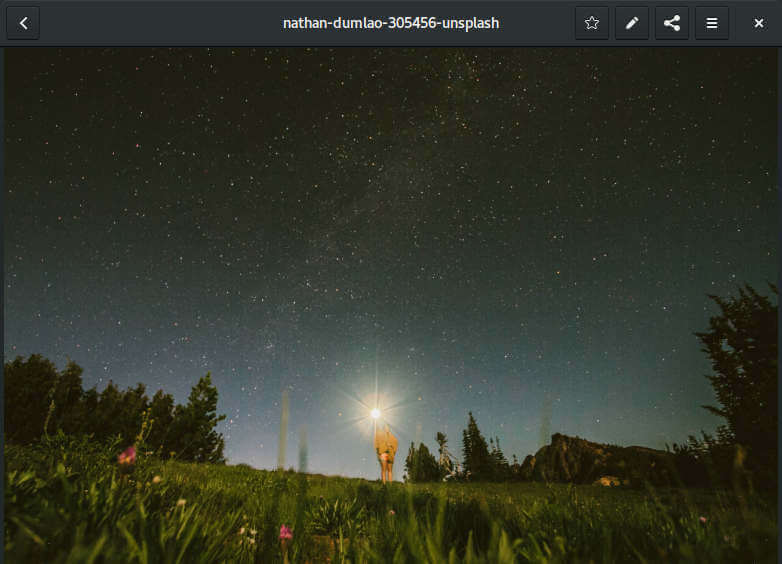
8. Kali Linux
Maintained & funded by Offensive Security, Kali Linux is a Debian derivative that is designed for penetration testing and digital forensics. It comes prebuilt with multiple tools used in penetration testing such as Metasploit Framework, Nmap, Wireshark, Maltego, Ettercap, Burp Suite, and so many others.
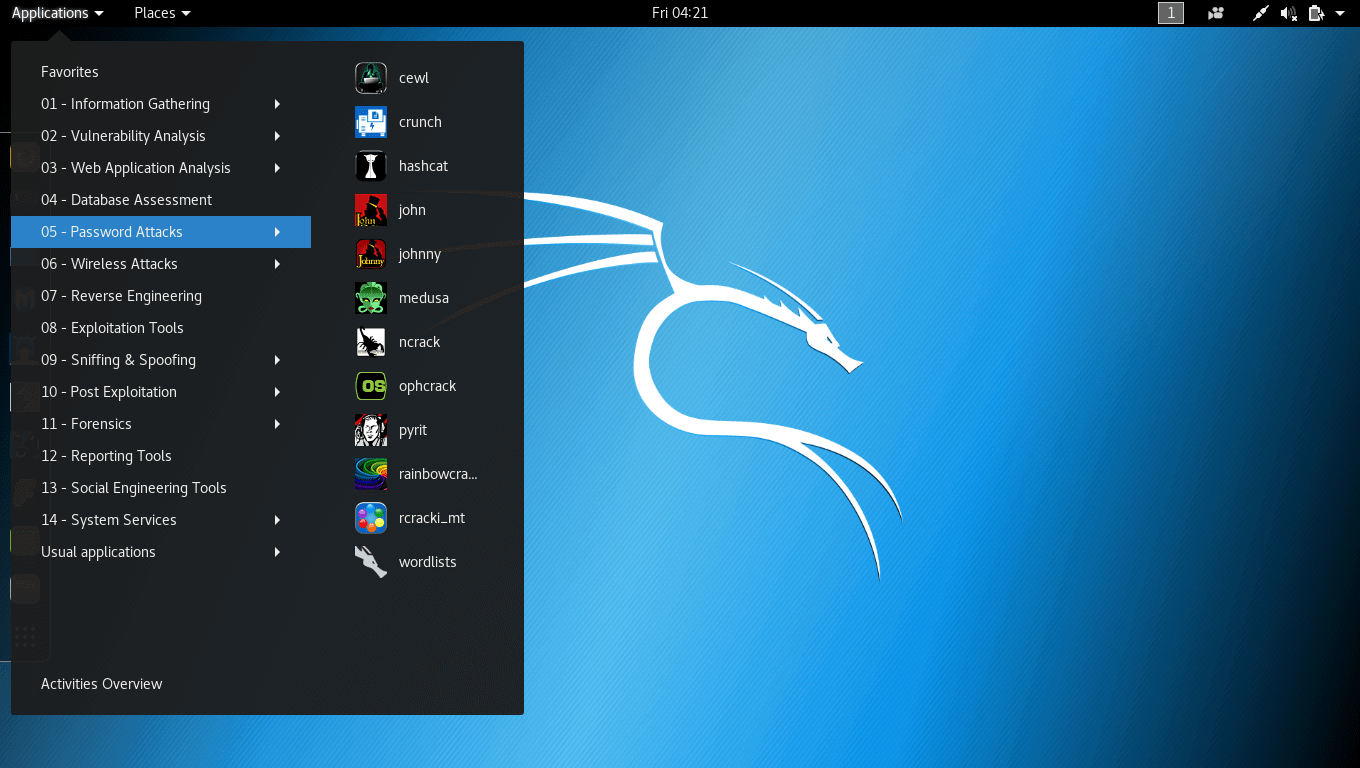
Due to its popularity in penetration testing, Kali has its own renowned certification – the Kali Linux Certified Professional course. Additionally, developers have provided an ARM image for Raspberry Pi thereby enabling penetration testing enthusiasts to carry out pen tests more conveniently.
9. Parrot OS
Parrot OS is yet another security-oriented Debian variant that packs a collection of tools used for carrying out penetration tests, digital forensics, reverse engineering, and cryptography to mention just a few use cases.
It is available in both MATE & KDE desktop editions as well as an ova file – virtual machine file. The current release is Parrot 5.3.
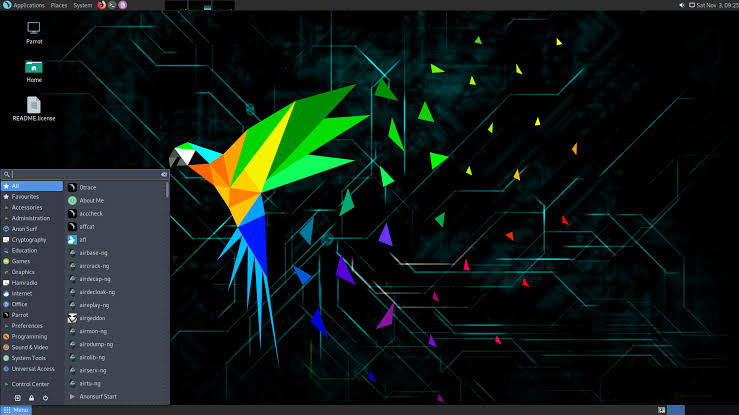
10. Devuan
If you are still a fan of the old sysvinit, then Devuan might just do the trick for you. Devuan is a Debian fork that is designed to be as close to Debian as conceivably possible.
Its latest version is Daedalus 5.0 which is based on Debian 12. In addition, Devuan provides support for the ARM community with bootable ARM images.
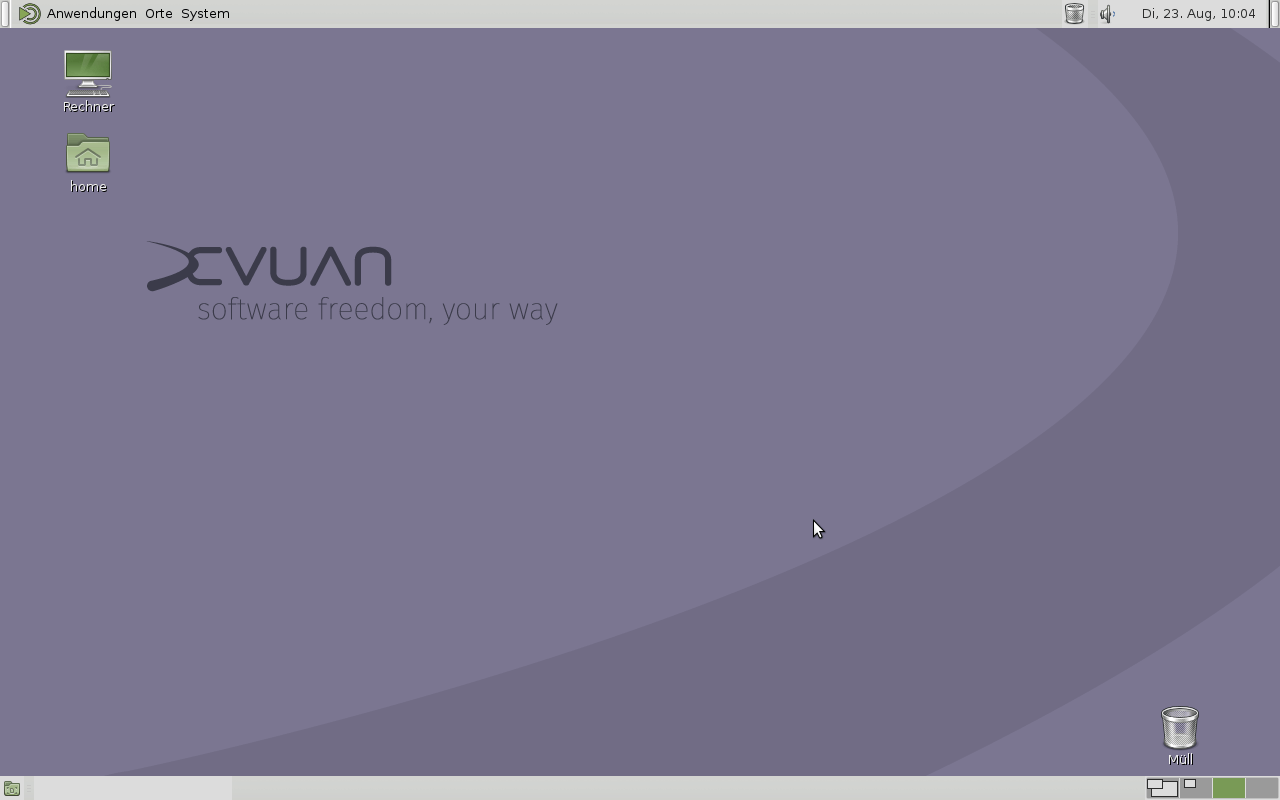
11. Knoppix
Knoppix is a Debian variant primarily designed to be run from a Live CD or USB drive. With your bootable medium, you can simply plug it in on any machine and conveniently run it.
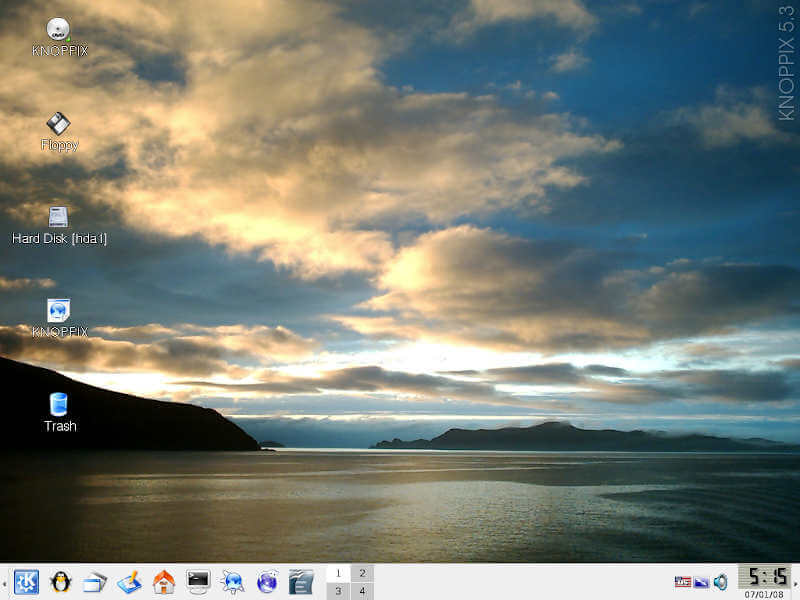
It comes with a default LXDE environment and like other distros, it comes with day-to-day use software applications such as the IceWeasel web browser, Icedove email client, Mplayer, and GIMP image editing tool just to highlight a few. Knoppix is quite lightweight and is ideal for low-spec and old machines. You can get off the ground with a 1GB RAM Intel or AMD system.
12. AV Linux
AV Linux is a Debian-based distro that targets multimedia content creators and is available for download in both 32-bit and 64-bit architectures. It ships with preinstalled audio and video editing software and is a suitable alternative to Ubuntu Studio for content creators.
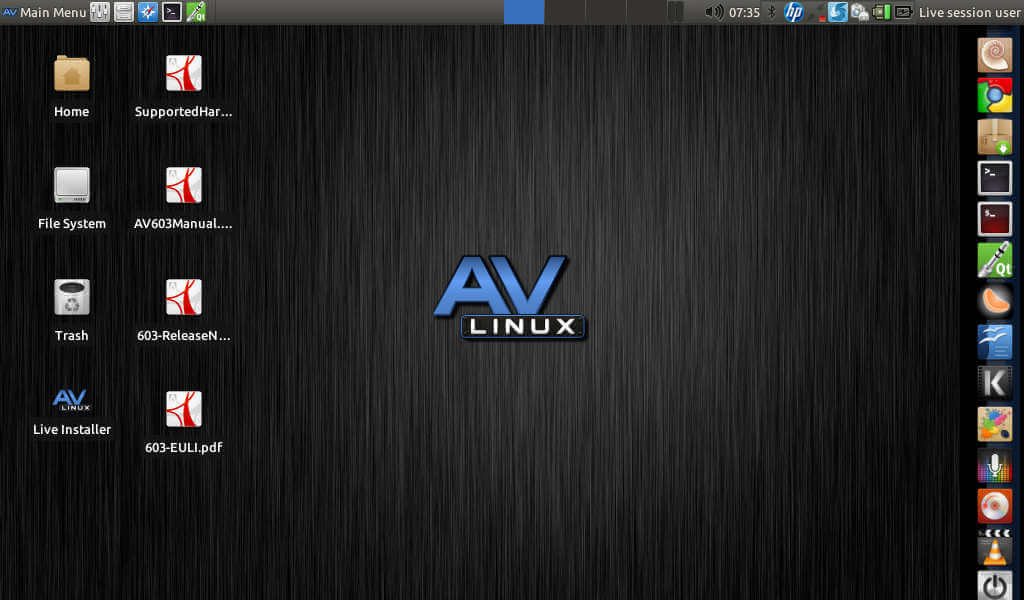
Special Mention
This is by no means the entire list, however, we would like to acknowledge other flavors such as Dog Linux which is a good alternative to Puppy OS, SolydXK, SparkyLinux, and BunsenLabs Linux which is a lightweight distribution.


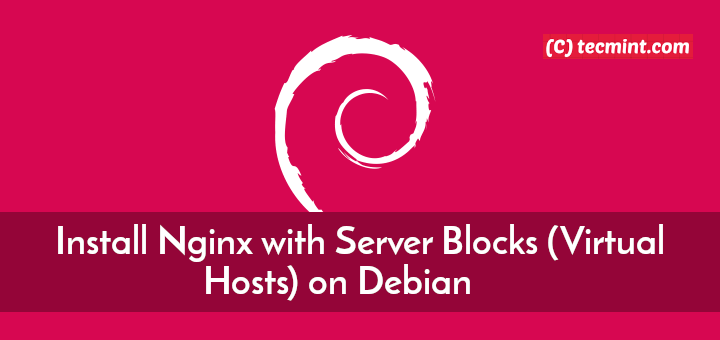
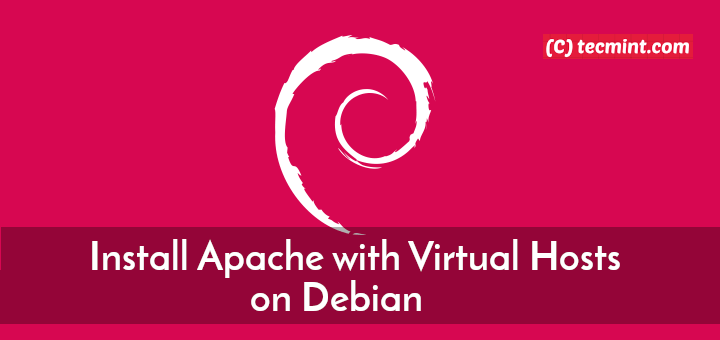
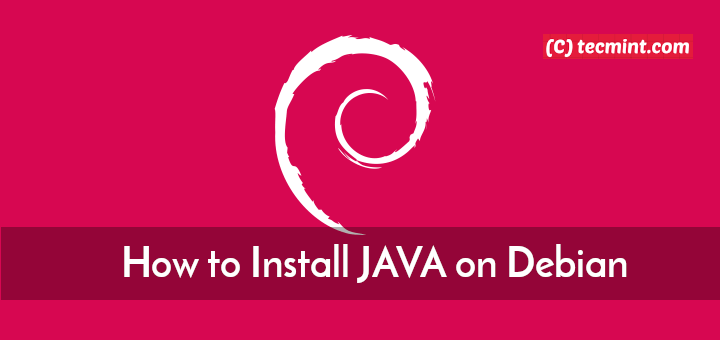
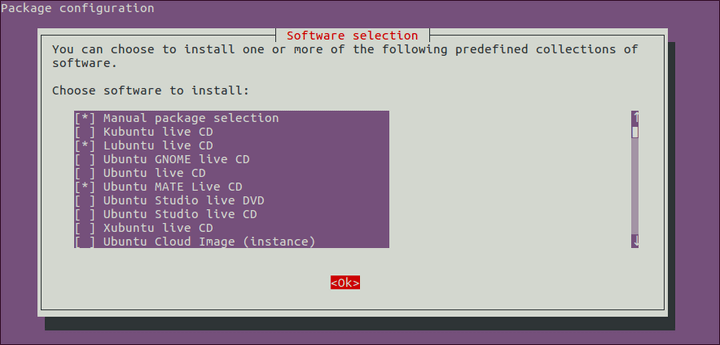
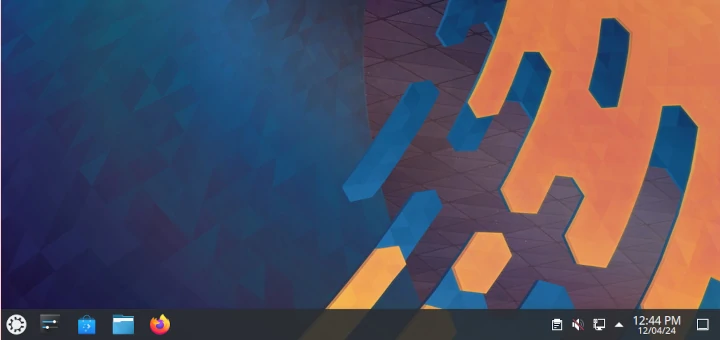
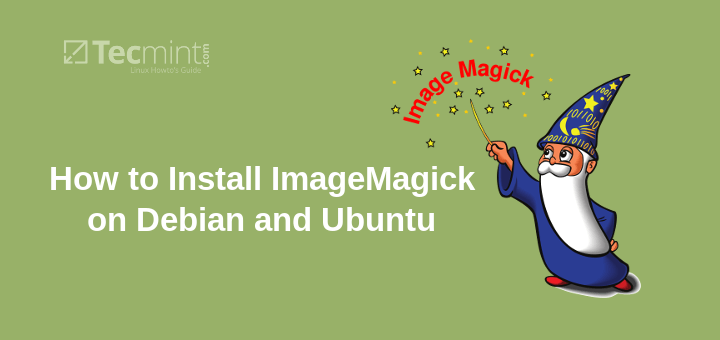
Mx Linux the best and fast.
KDE’s own Neon distro? Stable Ubuntu LTS base c/w latest rolling release of KDE’s beautiful Plasma desktop. Best of both worlds IMO. https://neon.kde.org
:-)
From a site with tech in the name, I expect technical analysis. If you say some group of distributions or applications is the best, I want to know best by what measures, and using what methods.
I want enough information so that I can replicate the technique in additional cases and verify your results. Both in the article and comments, I see only personal opinions without a technical basis. We can do better. We SHOULD do better. We SHOULD do better!
Linux Mint Debian Edition I feel is the best.
A quick shout out here for LUBUNTU, omitted from the list above.
An excellent lightweight Ubuntu – though just a little chubbier since the 20.04 release.
For anyone who wants a REALLY lean OS does give Antix 19 a try. Lovely lightweight icewm desktop/window manager you can tune to taste with simple plaintext configs.
Crunchbang Plus is a lightweight Debian-based distribution that uses the Openbox desktop environment.
Linux Mint Debian Edition – the stability of Debian with the clarity of Cinnamon, a mature combo.
Canonical – just say no [snaps].
Hey brother, please just explain to me why so many people hate snaps. I’m here to know what’s the problem with snaps…
One of the biggest drawbacks of snaps is their huge size. They take up a lot of disk space as compared to when you install an application using the APT package manager,
Why on earth are you griping about Mint not using snap by default. The whole point of Linux is to have an open system that can be tweaked and edited. Snap is not an open system and installs things secretly. It’s a good move by Mint to keep it away from systems unless specifically requested.
If I am using another Linux flavor that does have snap installed, it’s the first thing I remove. This is a Canonical creation that has future implications that only they know. They are probably the least trustworthy Linux branch there is now.
I think this article should have been made with the intention of showing Linux distributions based on Debian only. Ubuntu is already a derivative.
Curiously enough it doesn’t mention Linux Mint LMDE Debbie.
Luis wrote:
“Curiously enough it doesn’t mention Linux Mint LMDE Debbie.”
Yeah, that is curious. My next Linux installation shall almost certainly be LMDE (Linux Mint, Debian Edition). I have had it with Canonical, the maker of Ubuntu Linux.
You had me until you mentioned Kali Linux. Most of us Linux users wouldn’t touch Kali with a 10-foot pole. Mentioning it as one of the “best” makes me suspect of your entire puff piece on Debian based Linux distributions.
Everyone knows Kali is a hacker’s Linux and only embraced by the mindsets that run it; those who want to hack, why else would you use it? No self-respecting Linux user would use much less hock a hacker’s wet dream.
You must believe hacking is wonderful and legal so you plug a known Linux that embraces and french kisses hackers. Your so-called professional opinion misses the point of what Linux is and believes. I believe your piece is nothing more than eye candy for your Kali friends.
Have you ever in your life used Kali?! Or did you only read its description and the phrase “penetration testing” bothers you?
“Most of us Linux users wouldn’t touch Kali with a 10-foot pole.”
Please speak only for yourself. You may not be willing to “touch Kali with a 10-foot pole” but there are tens of thousands of Linux system administrators that use Kali (and other pen-testing distros) on a daily basis to repair their systems.
“Everyone knows Kali is a hacker’s Linux”
When people generalize by saying “everybody knows”, it’s a definite sign that they are unsure of their position.
FYI, ANY Linux distro can be used for hacking. Hacking tools can be installed on ANY distro. More often than not, it is the Build-It-Yourself distros like Arch, Linux From Scratch, Gentoo, or Sorcerer that are used for hacking because they can be easily tailored to do anything the users wants. They are much more configurable than Ubuntu, Debian, Fedora, or SUSE.
And NO, I do not use any pen-testing distro.
Never used Kali either, but the original commenter sounds very ignorant
“dragonmouth”
Hacking can be done using any Linux distro but Kali is specialized in hacking.
No one would like to install Linux with huge bloat of programs that you are not even gonna use.
“No one would like to install Linux with huge bloat of programs that you are not even gonna use.”
Oh, really?!
Most of the distros are full of bloat and programs that one is never going to use. I have removed anywhere from 300 Mb to 1.2 Gb worth of programs I did not want or was not going to use from various distros I have tried. And yet, users are blithely installing them. There are distros whose developers made it very hard to uninstall ANY programs.
When I started using Linux, most distros would fit on a CD with plenty of room left over. Now an average distro is over 2.5 Gb in size, with many barely fitting on a DVD (4.6 Gb). Interestingly, I find that today I use pretty much the same number as I did 15 years ago,
Yes, programs have gotten bigger as features were added to them. But the bloat does not come from increased program size, it comes from developers including everything, including the kitchen sink, in their distros.
@Sickandtired. Your whole comment is totally wrong. It’s like everything you said is the opposite of reality. Lmao. Please educate yourself on what Kali is really intended for.
The best Debian-based distro is, not so surprisingly, Debian. But why not have some harmless fun with tinkering around if you have time on your hands :)
Zorin is the best.
Helium not mentioned: forgotten among so many or was it intentional?
Why have you ignored Linux Mint?
It’s either the Author knows nothing about Linux or he is a Linux Mint hater, Linux mint by far is the number 2 by the popularity in the WORLD after Ubuntu so how did he never mentioned it?
There are dozens of Debian-based distros. Just because somebody likes any one of them does not make it the best. What makes Mint one of the 10 Best, other than the fact that you like it and it is your daily driver? What makes it better than any of the many Ubuntu derivatives?
Holy FAQ.
Thanks to opinions like these ones, newbies end up with disgraces such as Ubuntu. Linux Mint is the best Debian based distro.
“Linux Mint is the best Debian based distro.”
Why is it the “best”? Other than that you love it. What makes it so much better than any of the other Debian-based distros? Please give us some FACTS to substantiate your claim.
Mint is basically Ubuntu with some cosmetic changes.
Mint Software Center cannot hold a candle to Synaptic Package Manager. Granted, Synaptic can be installed as extra software.
Just like in all other Ubuntu-based distros, no software installed by default can be uninstalled without wrecking the system.
Mint does not have any “killer” apps to distinguish itself from other distros.
Maybe default Mint has prettier theming but there are themes by the thousands on the Internet.
etc. etc. etc.
I will give Mint one point – it is not controlled by someone with a Bill Gates complex.
@Alireza,
We have included Linux Mint in the article, as suggested by readers in the comments…
Its messed up list looks like a promotional write-up, can’t agree because I don’t see much better Debian derived distros like Linux Mint, Solus, Elementary, etc.
Solus is an INDEPENDENT distro, not based on Debian.
How is Mint not on here much less #1? All these fancy be distros.
Of all the Debian based distros I prefer LMDE ( Linux Mint Debian Edition)
Mint LMDE!
Include Linux Mint, which is an amazing distro based on Debian.
@Pranav,
Included Linux Mint in the article…
Oh okay, Thanks.
I see no mention of the most beautiful and cutting edge Debian children like VSIDO or my favorite SPARKY LINUX. Surely they deserve at least an honorable mention!
Also: while Ubuntu had its birth in Debian, it has detached from all Debian dependencies and does not use the Debian repos or follow any part of the Debian philosophy. any connection is now a matter of history rather than current fact. This is only an observation, not an objection.
@William,
We’ve added SparkyLinux in the honorable mention.
“Best” of anything is very subjective and represents the rater’s likes and biases.
“snap technology from AntiX ”
SNAP technology was developed by Canonical.
“Also, you will get the latest out-of-the-box applications for daily use such as LibreOffice 6.1.5,”
LO 6.1.5 has not been the latest for a long time. I already used 6.4.x around 2 years ago. The latest version of Libre Office is 7.0.
“4. AntiX”
antiX may be a problem for Linux beginners with its confusing choice of many Window Managers.
Puppy Linux is independently developed. It is not based on Debian. If you suggest Puppy, you might as well suggest PCLinuxOS which uses DEB format packages and Synaptic Package Manager, both of which have Debian roots.